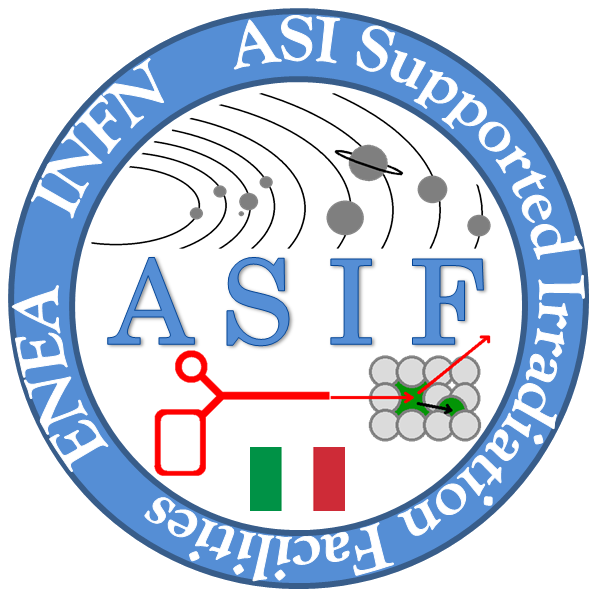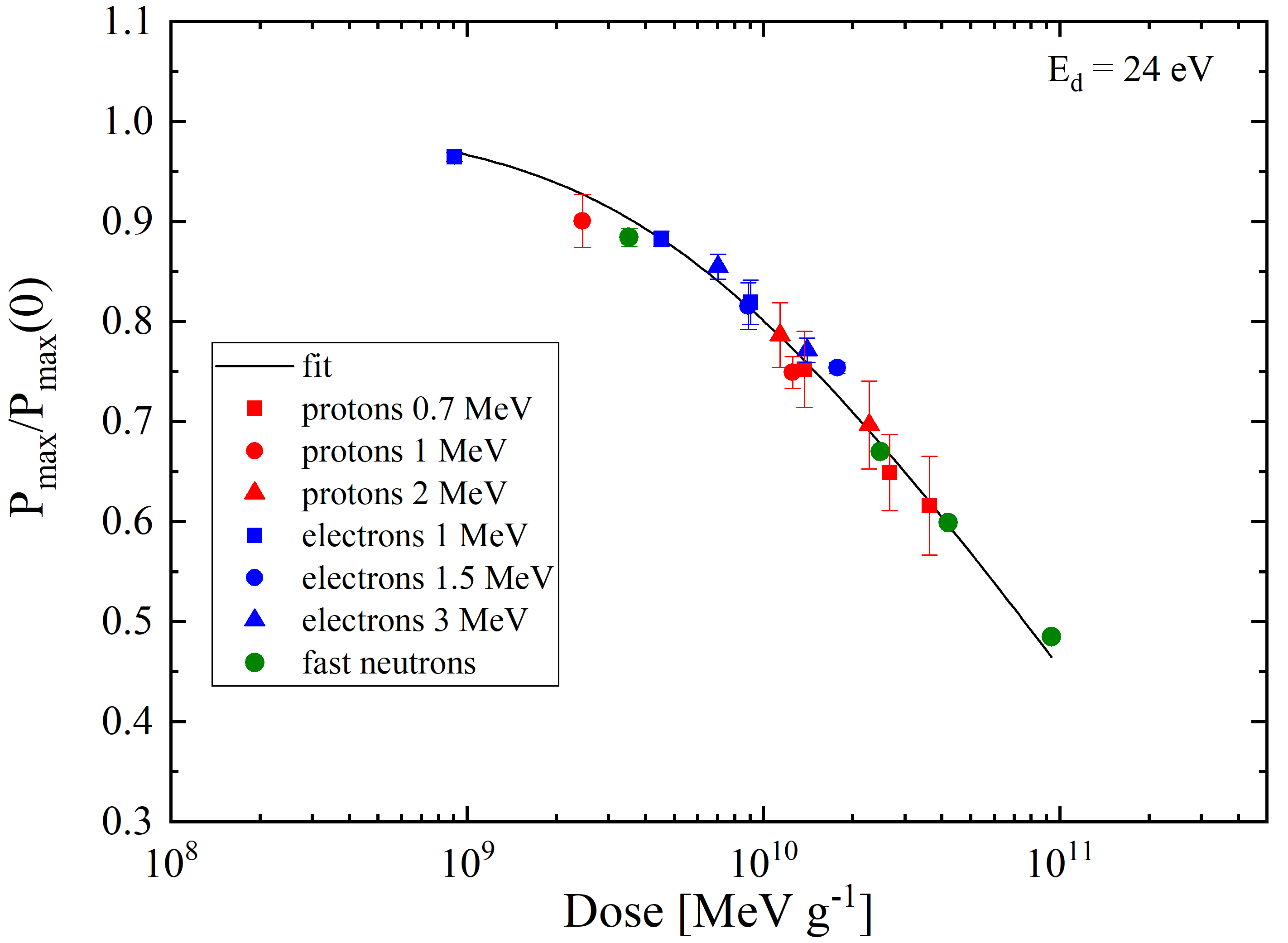ASIF program, as formulated by ASI (see this webpage), aims to establish an interactive coordinated set of the irradiation facilities, throughout the national territory, serving the national and international space communities. In addition, the project will allow programmes dedicated to extend the knowledge of the space radiation environment in view of orbital and deep space missions. Further information on radiation damage assessment for space missions is available at webpage.
The main objectives are:
- to grow the sensibility of national entities for the needs regarding space radiation qualification,
- to make available, for national and international entities, a coordinated set of irradiation facilities with a recognized standard within ESA – ESCC framework by mean of the ASIF gateway (e,g,, see webpage).
To achieve these goals, ASI will act also towards other Space Organizations, interfacing with ESA.
In the initial phase, this process was involving selected INFN and ENEA facilities, but could be extended to other national facilities and companies operating in the sector; in the second stage an interactive portal/gateway will allow institutional, industrial and research users to benefit from irradiation services (like beam availability, TID and TNID dose estimates, dosimetric measurements and others) of elementary charged and neutral particles (electrons, protons, ions, neutrons and, finally, photons).
The program envisages the standardization of the operative procedures, the definition of procedures for access to the use of the beams and the experimentation, the qualification and validation of processes and test procedures, taking into account i) European reference standards (ESCC / ECSS), ii) certifications of the test results, iii) launch of experimental research projects and technological developments in cooperation with users.
The ASIF project derives from the synergy between several institutional bodies, engaged with technologies and research activities related to effects of the radiation environment on the survival in the space and space hardware/assets, which are relevant to scientific and industrial space community.
The Italian irradiation infrastructure are a primary asset in the European panorama, in many ways unique. A structured exploitation of space research is foreseen to encourage:
- the increasing of knowledge about human and hardware behavior in hostile environments,
- the transfer of knowledge from the world of research on elementary particles and particle detectors to industry and scientific space community, with undeniable competitive returns in both industry and space research.
Within ASIF, dedicated irradiation facilities should be operating on standardized or intercompared protocols, and supported by appropriate dosimetry/measured fluences,since it is a key element for space qualification.
Furthermore, additional and correlated actions are required with respect to the:
- understanding of physical damage mechanisms,
- modelling of space radiation enviroment transport-codes, modelling of particle fluxes and their transport within the heliosphere and magnetosphere, etc.,
- developing treatment/transport/simulation tools, and exploiting modelled particle fluxes to predict TNID, TID and SEEs and, thus, the expected operating conditions of devices in space ratiation environment for both orbital and deep space missions ,
- technological developments within the framework of space qualification,
- accessibility to models and test facilities opened to (national and international) manufacturers,
- growing of the designing and testing capabilities of national entities.
ASIF implementation:
following ASIF implementation agreements 2017-22-HD.0 ASI-ENEA, 2017-15-HD.0 ASI-INFN, 2021-39-HH.0 ASI-ENEA, 2021-36 HH.0 ASI-University of Milano-Bicocca and 2024-21-HH ASI-INFN, the ASIF and ASIF gateway websites, the sr-niel (www.sr-niel.org or www.sr-niel.asi.it), helmod (www.helmod.org or www.helmod.asi.it) and geomagsphere (www.geomagsphere.org or www.geomagsphere.asi.it) websites are mantained within the space radiation environment activities of ASIF framework. Their websevers are handled by means of ASIF support center at the Physics Department of Milano-Bicocca University and are operated by virtual servers at the Italian Space Agency, ASI.

